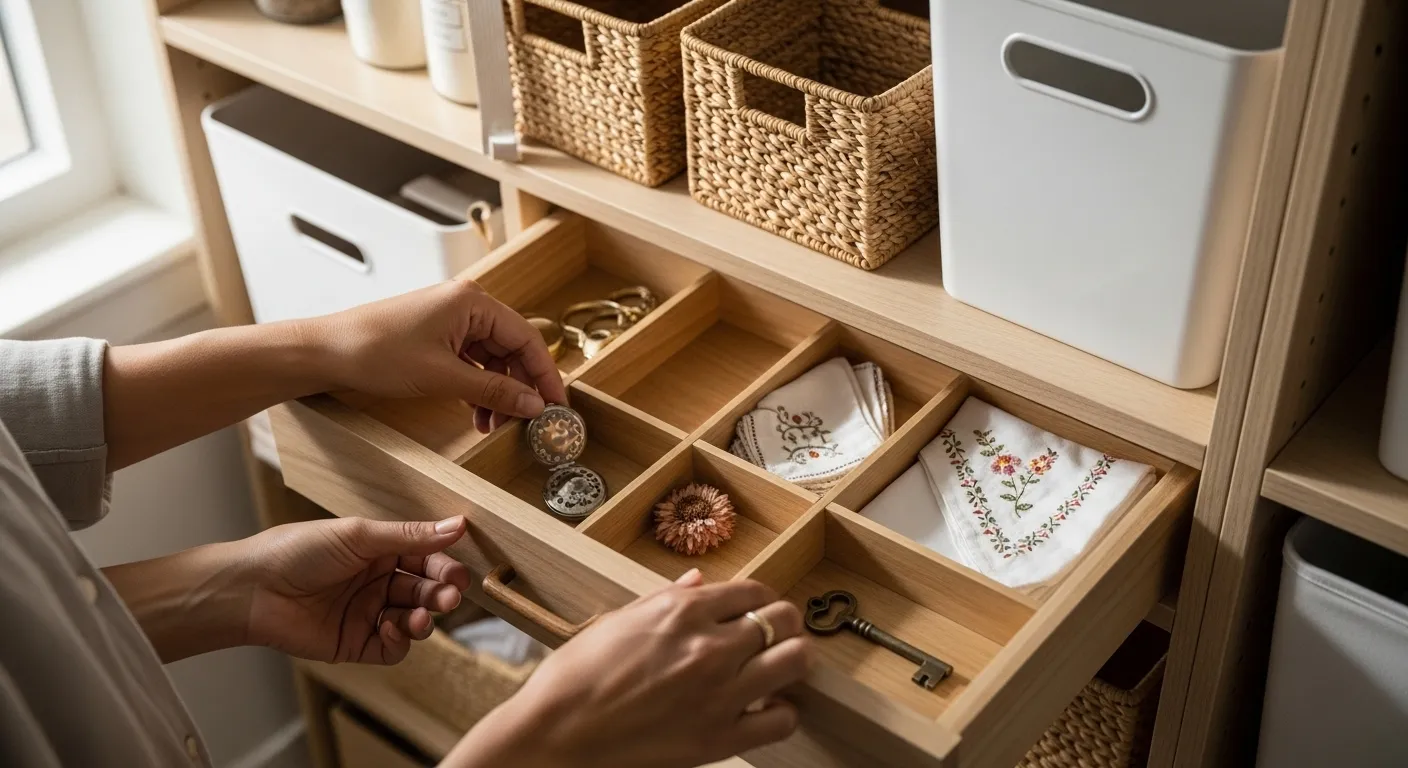
Step 9: Address Sentimental Items with Intention
We’ve saved the hardest category for last. By now, your decision-making skills are sharp, and you have a clear vision for your new home. This is the time to address sentimental items, memorabilia, and heirlooms.
The key here is to shift from passive storage to active curation. Instead of having dozens of boxes in the basement, you will choose a small, curated collection of items that truly bring you joy and honor your memories. A great strategy is the **container-first** approach. Choose one or two beautiful, appropriately sized containers—perhaps a cedar chest or two 20-gallon weathertight totes—and decree that all your keepsakes must fit within them. This physical boundary forces you to make choices about what is most important.
When it comes to passing items down to family, communication is everything. Don’t assume your children or grandchildren want your large dining set or collection of figurines. Ask them. A wonderful approach is to share the story behind an item. Say, “This was your great-grandmother’s serving platter; she used it every holiday. I would love for you to have it, but please be honest if it doesn’t fit your life or style. The memory is what matters most.” This relieves them of any guilt if they cannot accept the item.
For collections of photos, letters, and children’s artwork, digitization is your best friend. You can use a home scanner or a professional service to create digital copies. This preserves the memories perfectly while freeing up enormous amounts of physical space. You can then create digital photo albums to share easily with the whole family.
Remember, your memories are not in your things; they are in you. You are choosing to keep the best of the best—the items that trigger your happiest memories—and letting the rest go, making space for new memories in the next chapter of your life.

















